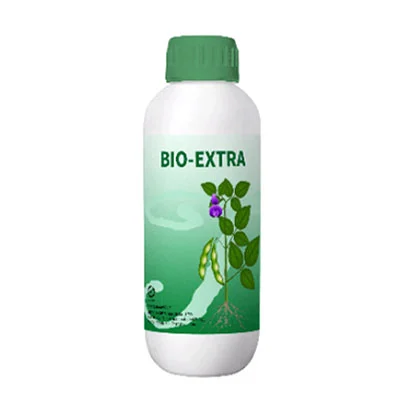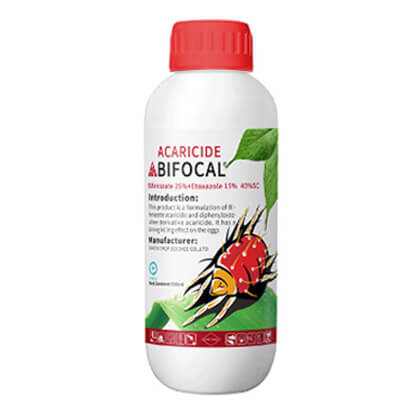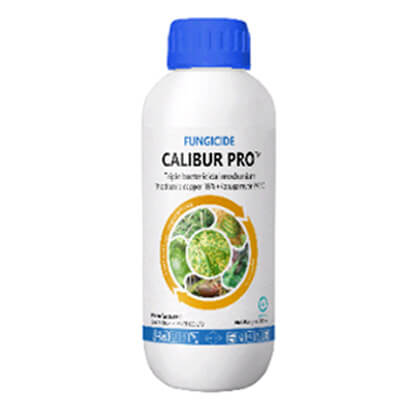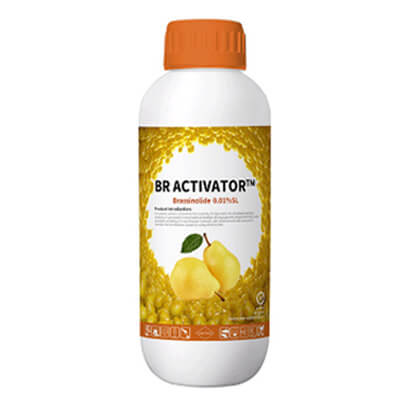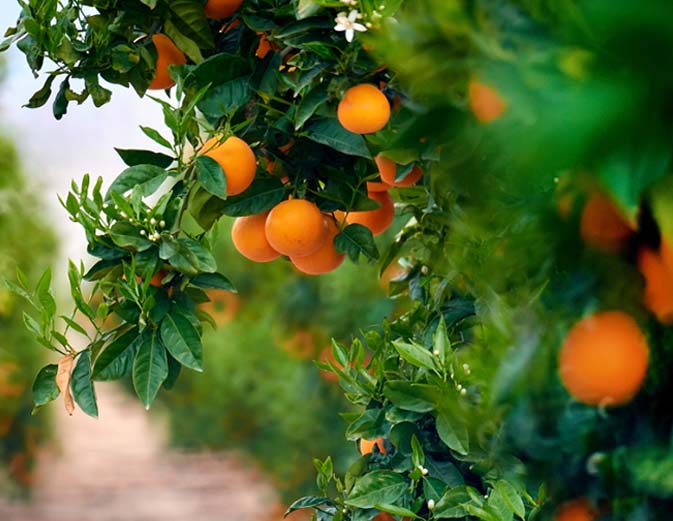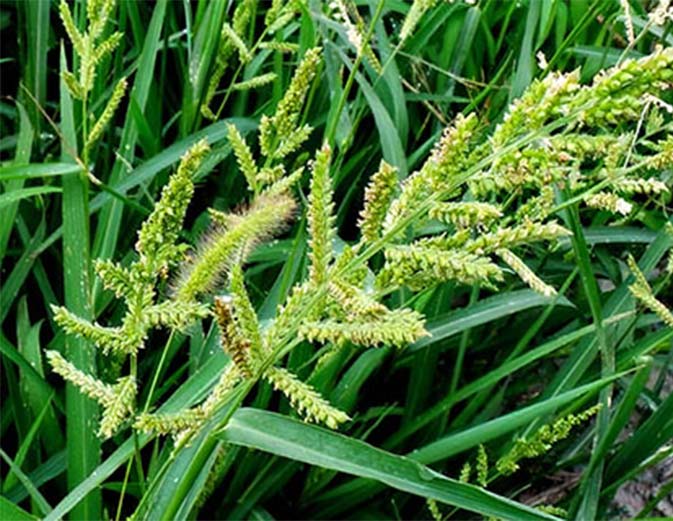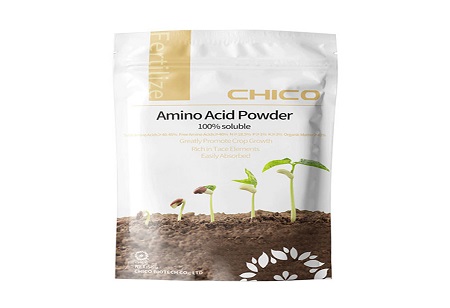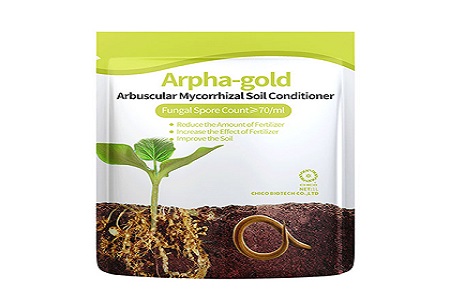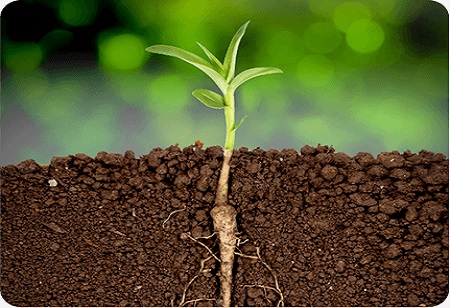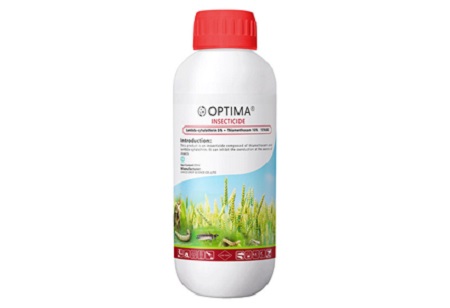
How to Use Bio-Organic Liquid Fertilizer Scientifically?
Bio-organic liquid fertilizer, as a kind of green fertilizer in modern agriculture, has received widespread attention for its high efficiency and environmental protection. However, in order to give full play to its utility, it is necessary to master the scientific use method. In this paper, we will focus on four aspects, namely, selecting the appropriate liquid fertilizer, determine a reasonable amount of fertilizer, grasp the proper timing of fertilizer and master the correct fertilization techniques to elaborate how to scientifically use bio-organic liquid fertilizer.
Choose the appropriate bio-organic liquid fertilizer
Bio-organic liquid fertilizer on the market in a variety of types, choose the right fertilizer is the first step in scientific fertilization. In the selection, the first thing to consider is the type of crop and growth stage, because different crops have different nutritional needs. For example, fruit trees and vegetable crops have a greater need for nutrients such as nitrogen, phosphorus and potassium, while grass crops have a more prominent need for nitrogen. Secondly, selection should be made in combination with soil conditions. Areas with poor soil should choose liquid fertilizers with higher nutrient content, while areas with fertile soil can choose fertilizers that release nutrients more slowly. In addition, attention should be paid to check the composition table and instructions for use of fertilizers to ensure that the selected fertilizer meets the nutritional needs of the crop, and a reliable source of good quality.
Determine a reasonable amount of fertilizer
Determination of the amount of fertilizer needs to be based on crop growth, soil fertility and fertilizer nutrient content and other factors for comprehensive consideration. In the crop growth period, the demand for nutrients, this time should be an appropriate increase in the amount of fertilizer; while in the crop growth period or dormant period, you can reduce the amount of fertilizer. At the same time, soil fertility is also an important factor affecting the amount of fertilizer. Areas with fertile soil can appropriately reduce the amount of fertilizer to avoid excess nutrients; while areas with poor soil need to increase the amount of fertilizer to supplement soil nutrients. In addition, but also according to the nutrient content of fertilizer to determine the amount of fertilizer, to avoid over-fertilization leading to nutrient waste and environmental pollution.
Grasp the appropriate timing of fertilization
Fertilizer timing is crucial to the play of fertilizer. Generally speaking, spring and autumn is the best time to fertilize. Spring crops begin to grow, the demand for nutrients increased, this time to help promote crop growth; autumn crops into the dormant period, fertilizer can be grown for the next year to reserve nutrients. In addition, in the critical period of crop growth, such as flowering and fruiting, also need to timely supplement nutrients. It should be noted that fertilizer application in high temperature, drought or rainy days should be avoided so as not to affect the fertilizer effect. In high temperature and drought conditions, the water in the fertilizer is easy to evaporate, resulting in the loss of nutrients; and in the rainy day fertilizer, fertilizer is easy to be washed away by the rain, resulting in a waste of nutrients.
Master the correct fertilization techniques
The correct use of fertilization techniques is also the key to scientific fertilization. First of all, fertilization should be fully mixed with water to ensure that the nutrients are evenly distributed. Secondly, in the fertilization process should pay attention to avoid direct contact with fertilizer crop roots, so as not to burn the root system. In addition, watering should be done in time after fertilizer application to promote the dissolution of fertilizer and nutrient absorption. At the same time, be careful not to spray the fertilizer on the leaves of the crop, so as not to cause leaf burns. Finally, we should follow the principle of "small amount, many times" fertilization, to avoid one-time over-fertilization leading to waste of nutrients and environmental pollution.
In summary, the scientific use of bio-organic liquid fertilizer need to choose the right fertilizer, determine a reasonable amount of fertilizer, grasp the appropriate timing of fertilization and master the correct fertilization techniques. Only in this way can we give full play to the effectiveness of bio-organic liquid fertilizer, providing a strong guarantee for the healthy growth of crops.










